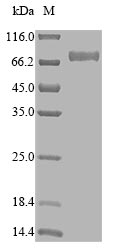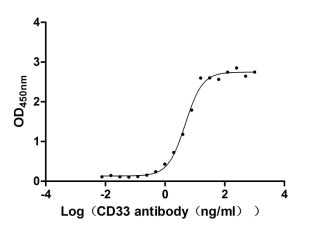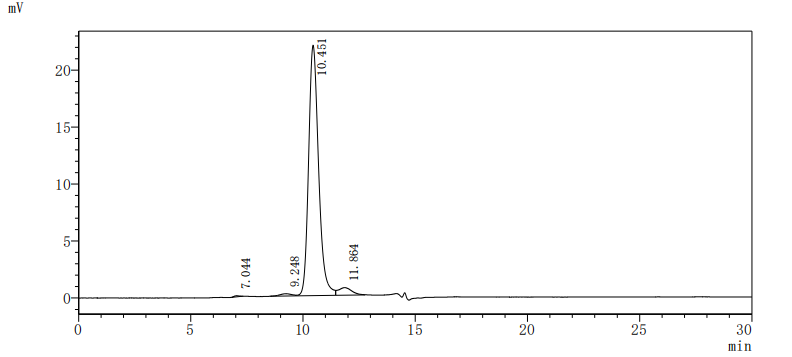The CD33 protein CSB-MP004925HU is a recombinant human CD33 produced in mammalian cells, with a C-terminal Fc-Myc-tag. Its expression region corresponds to amino acids 18-259 of the human CD33 protein. This recombinant CD33 protein is biologically active, low in endotoxin (less than 1.0 EU/µg protein, determined by the LAL method), and high in purity (greater than 95%, SDS-PAGE). In the functional ELISA, this CD33 protein binds to the anti-CD33 antibody with an EC50 constant of 4.289- 5.312 ng/ml. It is available now.
CD33 is a type I transmembrane protein exclusively expressed on immune cells, including myeloid stem cells, myeloblasts and monoblasts, monocytes/macrophages, granulocyte precursors, and mast cells. It is an excellent myeloid marker for acute myelocytic leukemia (AML). CD33 is mainly involved in the regulation of immune cell functions, such as phagocytosis, cytokine release, and apoptosis.









